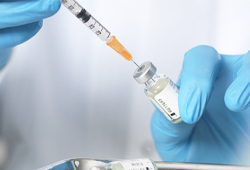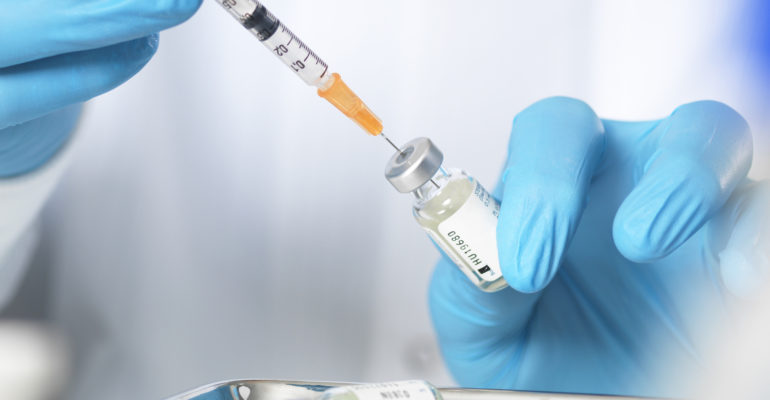 Last week, FDA issued its latest draft guidance on biosimilar products and implementation of the BPCIA. The draft guidance, titled Statistical Approaches to Evaluate Analytical Similarity, “describes the type[s] of information a sponsor of a proposed biosimilar product should obtain” to support a showing of analytical similarity to a licensed reference product biologic, specifically: (1) “the structural/physicochemical and functional attributes of the reference product,” (2) “how that information is used in the development of an analytical similarity assessment plan for the proposed biosimilar,” and (3) “the statistical approaches recommended for evaluating analytical similarity.” FDA describes the draft guidance as a “companion document” to FDA’s previous guidance, Quality Considerations in Demonstrating Biosimilarity of a Therapeutic Protein Product to a Reference Product.
Last week, FDA issued its latest draft guidance on biosimilar products and implementation of the BPCIA. The draft guidance, titled Statistical Approaches to Evaluate Analytical Similarity, “describes the type[s] of information a sponsor of a proposed biosimilar product should obtain” to support a showing of analytical similarity to a licensed reference product biologic, specifically: (1) “the structural/physicochemical and functional attributes of the reference product,” (2) “how that information is used in the development of an analytical similarity assessment plan for the proposed biosimilar,” and (3) “the statistical approaches recommended for evaluating analytical similarity.” FDA describes the draft guidance as a “companion document” to FDA’s previous guidance, Quality Considerations in Demonstrating Biosimilarity of a Therapeutic Protein Product to a Reference Product.
The Draft Guidance recommends a three-step, risk-based approach to analytically identifying and assessing important quality attributes of a proposed biosimilar product:
- Determine “the quality attributes that characterize the reference product in terms of its structural/physicochemical and functional properties.”
- Rank the identified quality attributes “according to their risk of potential clinical impact,” by considering the impact of each attribute on clinical activity, pharmacokinetic/pharmacodynamics profiles, safety profiles, immunogenicity profiles, and the degree of uncertainty around the clinical impact of each attribute.
- Evaluate the attributes/assays according to one of three tiers of statistical approaches (equivalence testing, quality ranges, or visual comparisons) selected based on the risk-ranking of the attribute and additional factors such as the level at which an attribute is present.
Comments and suggestions on the draft guidance are due by November 21, 2017, and can be submitted electronically online.

